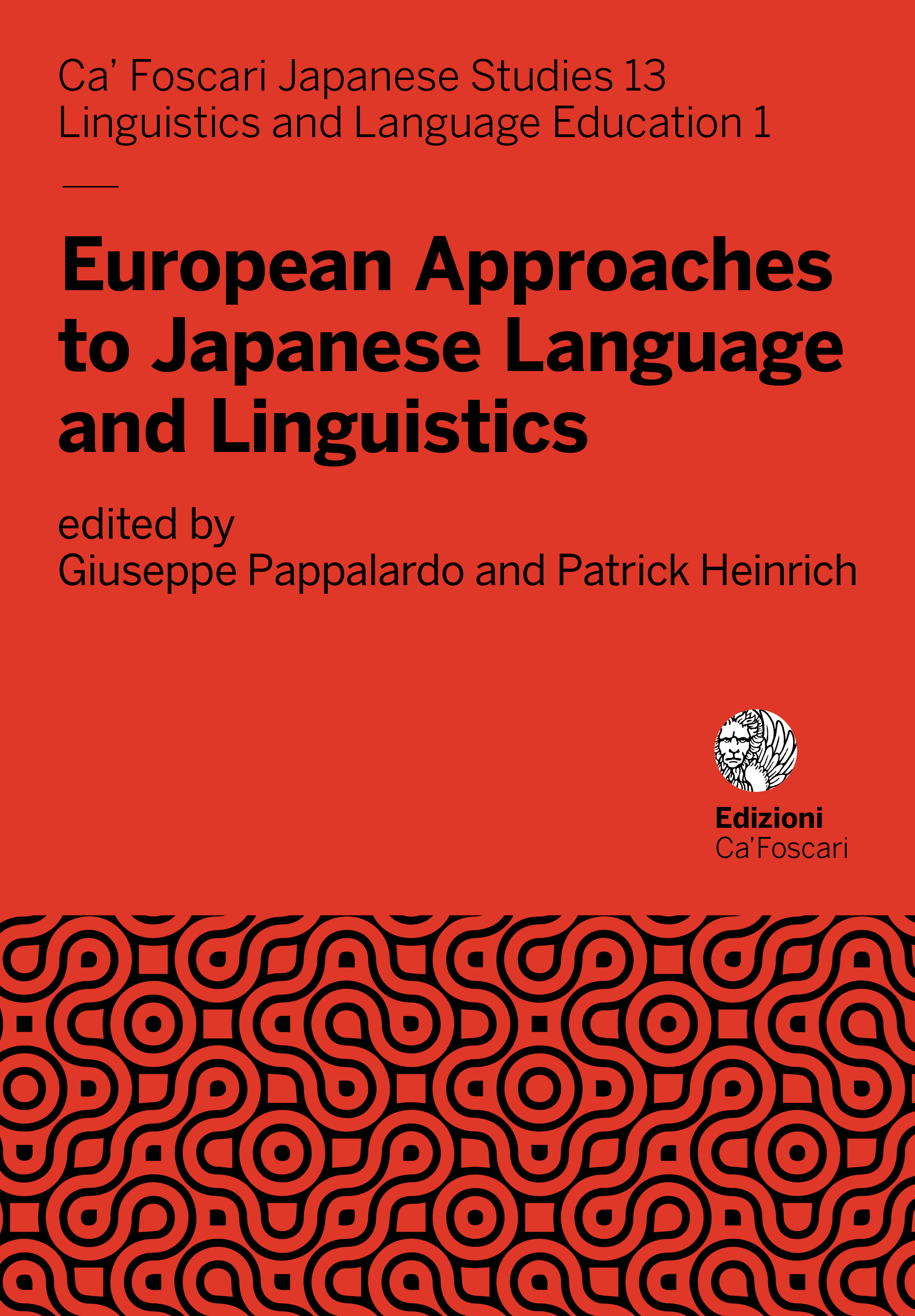Collana |
Ca’ Foscari Japanese Studies
Miscellanea | European Approaches to Japanese Language and Linguistics
Capitolo | New Approach to Teaching Japanese Pronunciation in the Digital Era
New Approach to Teaching Japanese Pronunciation in the Digital Era
Challenges and Practices
Abstract
Pronunciation has been a black hole in the L2 Japanese classroom on account of a lack of class time, teacher’s confidence, and consciousness of the need to teach pronunciation, among other reasons. The absence of pronunciation instruction is reported to result in fossilized pronunciation errors, communication problems, and learner frustration. With an intention of making a contribution to improve such circumstances, this paper aims at three goals. First, it discusses the importance, necessity, and effectiveness of teaching prosodic aspects of Japanese pronunciation from an early stage in acquisition. Second, it shows that Japanese prosody is challenging because of its typological rareness, regardless of the L1 backgrounds of learners. Third and finally, it introduces a new approach to teaching L2 pronunciation with the goal of developing L2 comprehensibility by focusing on essential prosodic features, which is followed by discussions on key issues concerning how to implement the new approach both inside and outside the classroom in the digital era.
Presentato: 14 Febbraio 2020 | Accettato: 14 Maggio 2020 | Pubblicato 03 Luglio 2020 | Lingua: en
Keywords Teaching Japanese pronunciation • Teaching Japanese prosody
Copyright © 2020 Ueyama Motoko. This is an open-access work distributed under the terms of the Creative Commons Attribution License (CC BY). The use, distribution or reproduction is permitted, provided that the original author(s) and the copyright owner(s) are credited and that the original publication is cited, in accordance with accepted academic practice. The license allows for commercial use. No use, distribution or reproduction is permitted which does not comply with these terms.
Permalink http://doi.org/10.30687/978-88-6969-428-8/010
